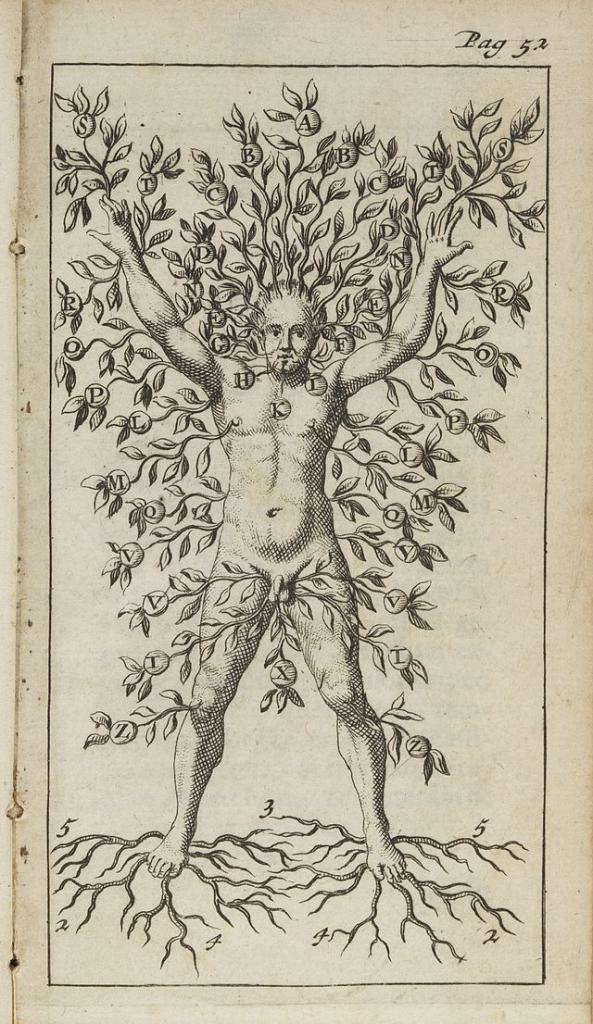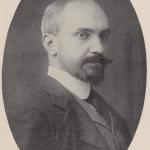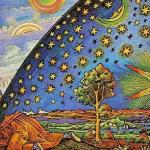While strolling with master Nanquan, the official Luxuan observed “The teacher Sengzhao once said,’ Heaven, earth, and I are of the same root. Everything and I are one.’ That’s so beautiful.” Nanquan called to Luxuan pointing a finger at a flowering plant in the garden. “People now see this flower as if in a dream.”
Blue Cliff Record, case 40 (Book of Serenity, case 91)
Nanquan Puyan is one of the signal masters of Tang dynasty Chinese Zen. He was a successor to Mazu Daoyi, Great Master Ma. Widely respected in his own lifetime, and abbot of a large monastery. Nanquan died in 835.
Luxuan, the governor of Xuanzhou, was a friend and lay disciple of Nanquan. The governor was widely read, and he liked to quote the ancients.
So.
They’re strolling along as old friends do, and Luxuan quotes an early fifth century teacher and translator, Sengzhao. A wonderful line, it’s easy to see why the governor would like it.
“Heaven, earth, and I are of the same root. Everything, all things, and I, are one.”
First the truth of it. It speaks of the way things are. It points to the fundamental insight that informs all the mystical religions of the world. Roots and branches, we are intimate.
And. One of the most common mistakes with this quote, and similar assertions about our unity, is to take it as someone else’s truth. Maybe a doctrine. Something we give our intellectual assent. It is a beautiful line. It rings true. It is something to quote. Perhaps even have a nice calligraphy of it hanging on the wall in a passage.
And then leave it there.
That’s not the issue being addressed here.
A perhaps helpful thing to be aware of when digging into this case is to know the governor was a mature Zen student. There’s another koan from earlier than this instance, about a goose in the bottle, captured in our community as part of the Miscellaneous koans. It deals with a goose and the nature of our original freedom. The governor and Nanquan had a turning encounter about the goose, leading to Luxuan having a significant awakening.
This walk and this conversation takes place later.
Another difficulty comes to those who do pursue the matter of our intimacy, and strive to know it as something other than a concept. There are difficulties who taste our root and branch connections, to see the oneness of things, and then to rest there. In Zen we call this being stuck in emptiness. The invitation of nondifferentiation can be seductive. It is a great peace. When everything is one, there’s no problem.
And perhaps this is where Luxuan was. It kind of has that scent to it.
The real matter, our authentic path, takes us further on.
In a talk on this koan the Zen teacher Eve Marko cited another teacher Barry Magid, who wrote: “Awakening is the progressive-or sudden-loss of one fantasy after another (including) of ‘awakening’-until one is left with one’s ordinary mind, just as it is, with no self-centered project of becoming more or other than who one is in the moment.”
Continuing on this theme Marko Roshi then cites another Zen teacher Myotai Treace. “The next fantasy will always arrive, it’s how the mind works, and we meet it, acknowledge it, and let it go. That’s the aspect of ceaseless practice.”
Dreams piling upon dreams.
The Zen teacher Genjo Marinello once observed, “Maturity requires that we repeatedly transcend attachment to this life.”
It’s all dreams, all the way down. Even awakening is a dream. But, and this is important, dreams are real.
Here we’re being invited into a great mystery.
Nanquan points to a flower. Out of dream, he points. Not to some generic flower. Not to a metaphorical flower. To this flower. The one right here.
It carries all the memories of all the other flowers. All the other dreams, all the other ways we’ve touched the real. Memory and aspiration and this moment crowding up together. The Buddha’s flower that encompasses Mahakasyapa’s smile. The flowers on my grandmother’s casket. The flowers being sold by people on the street corner half a mile from here.
It is, not points, is the great empty.
The most real of dreams.
Just as it is here.
This flower.















